Sustainability SDGs

Commitment to the SDGs
MIYAJI ENGINEERING GROUP(=MEG), recognizing its social responsibility as a corporation, has established in its Basic Rules for Compliance and Risk Management that it will make appropriate efforts as a corporation to resolve issues necessary for a sustainable society, and has established its Charter of Corporate Behavior and Code of Conduct as specific guidelines for such actions, and is actively working toward achieving the SDGs.
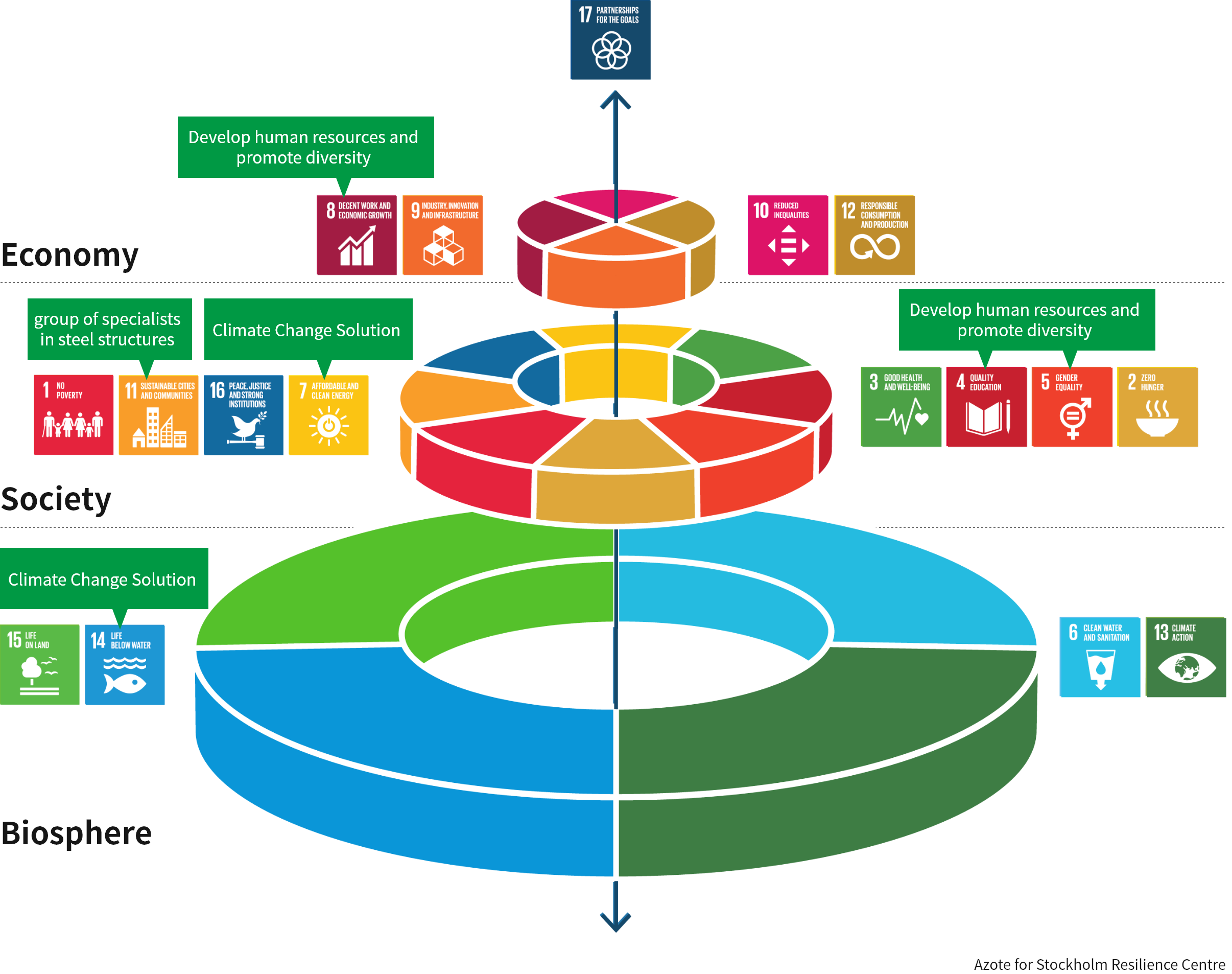
Develop human resources and promote diversity
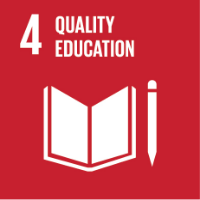
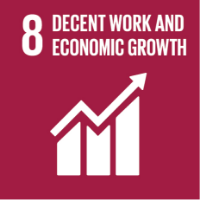
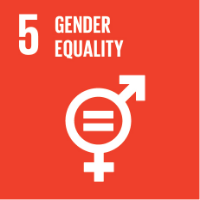
Relations with Local Communities
・We hold site tours and factory tours for local residents and students.


Relationship with Employees
・We will work to develop engineers, construction technicians, and leaders of the construction industry.
・We have established a temporary retirement system for nursing care, etc., and a support system that encourages employees to return to work. (Possible to return to work after job evaluation equivalent to before retirement)
Promotion of active participation by women
・We actively support the active participation of female employees in positions such as welders and designers.
MIYAJI ENGINEERING Co., Ltd. received the "Eruboshi Certification" from the Minister of Health, Labor and Welfare as "a company with excellent implementation status of initiatives related to women's active participation", and MM Bridge Co., Ltd. received the "Hiroshima City Gender Equality Award" from Hiroshima City. accredited as an entrepreneur.


Commitment to the Natural Environment
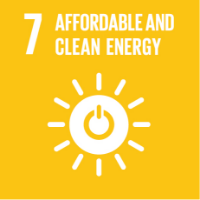
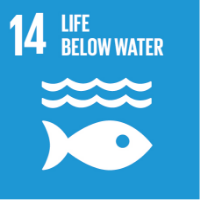
Solar Power Generation as a Climate Change Solution
・We are working on sustainable, carbon-free energy sources, such as solar energy, to combat climate change.
A solar power plant is in operation at the former site of the Matsumoto Plant, with 7,980 solar panels installed, generating approximately 2,611,000 kWh per year, equivalent to the power consumption of about 550 average households. 469,858 kg of CO2 emissions reduction is expected annually.

Efforts to develop environmentally friendly technologies
・Floating breakwaters, developed to calm waves in harbors, are structures that protect and regenerate the rich marine environment, and as floating fishing reefs, they are also effective in preserving the growth environment of marine life.


Coral Conservation Activities
・We have been monitoring the steady growth of coral for more than 10 years by installing a coral growth shelf offshore of Ishigaki Port.


Responding to natural disasters as a group of specialists in steel structures
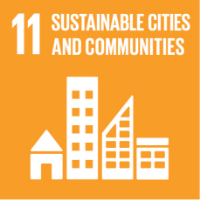
Realize safe, resilient and sustainable cities and habitats
MEG is making a major contribution to society by using its accumulated technical capabilities and its abundant special equipment to provide a rapid response for emergency restoration of social infrastructure damaged during disasters. The following are some examples.

1995 Hanshin-Awaji Earthquake
Reconstruction of Rokko-michi Station in 74 days, which was expected to take two years

2011 Great East Japan Earthquake
Shinkansen viaduct that had shifted sideways was restored in three months

2016 Kumamoto Earthquake
The large-scale equipment (Arm Support) installed in emergency work to prevent any further collapse of the Iidamaru Gokai-Yagura (turret) at Kumamoto Castle

2019 Typhoon Hagibis
Hino Bridge restoration work, which was expected to take more than two years, was completed in just half year.
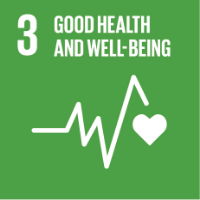


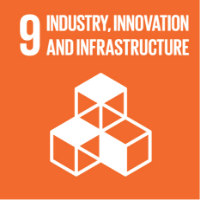

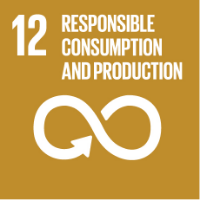
Akashi-Kaikyo Bridge
The Akashi Kaikyo Bridge, one of the Honshu-Shikoku bridges, is an epoch-making bridge connecting Kobe City and Awaji City in Hyogo Prefecture, which we were involved in the construction of and which was opened in April 1998. It still supports every aspect of people's lives, including the economy, industry, health, welfare and education in Honshu and Shikoku.

Ariake Chikugo River Bridge
The expressway between Okawa City East and Onoshima Interchange on the Ariake Sea Coastal Highway was constructed and put into service in March 2021 to form a wide-area transportation network linking the major transportation hubs of the Port of Miike in Omuta City, Fukuoka Prefecture and Saga Airport (Kyushu Saga International Airport) in Saga Prefecture and to reduce congestion on National Route 208. We were involved in the construction of the Ariake Chikugo River Bridge, which was newly constructed over the Chikugo River. The Ariake Chikugo River Bridge was Japan's first bridge of its type (a steel 4-span continuous (double) single-string medium arch bridge), and was the largest steel bridge constructed along the Ariake Sea Coastal Highway, making it a high-profile project.

Kanae Braidge
The Sanriku Coastal Highway was constructed as a leading project for reconstruction from the Great East Japan Earthquake, and we were involved in the construction of the "Kesennuma Bay Crossing Bridge (commonly called "Kanae-ohashi")," which opened on March 6, 2021, exactly 10 years after the Great East Japan Earthquake. The name "Kanae-ohashi" was chosen from a public contest to represent the shape of Kesennuma Bay and the name of the land, "Kanegae-ura," which means "to make dreams, wishes, and hopes come true. The Kesennuma Bay Crossing Bridge is the largest cable-stayed bridge in the Tohoku region, spanning the mouth of the Okawa River in Kesennuma City, Miyagi Prefecture, and the inner part of Kesennuma Bay. The construction of the Sanriku Coastal Highway has shortened the time required for traffic, shortened transport times to emergency medical facilities, and secured reliable transportation routes for emergency relief supplies during disasters.

